- عنوان کتاب: A Course in Natural Language Processing
- نویسنده: Yannis Haralambous
- حوزه: پردازش زبان طبیعی
- سال انتشار: 2024
- تعداد صفحه: 543
- زبان اصلی: انگلیسی
- نوع فایل: pdf
- حجم فایل: 21.3 مگابایت
بین سال های 1966 تا 2022 معجزه ای رخ داد. سال 1966 سال انتشار ELIZA بود، یک ربات چت که از یک روان درمانگر تقلید می کرد و این تصور را ایجاد می کرد که ☞253 با همکار انسانی خود گفتگو می کرد. وقتی انسان میگفت: «من از کارم متنفرم»، الیزا میگفت: «بیشتر به من بگو…»، وقتی انسان میگفت: «من روزانه هزاران شکلات میخورم»، الیزا میگوید: «فکر میکنم تو مانع کاری میشوی. واقعاً میخواهم بگویم، بدون اینکه هیچوقت واقعاً موضوع را مطرح کنم. توهم خوب بود، اما قطعا یک توهم بود. در سال 2022، ChatGPT منتشر شد. ChatGPT همه چیز را می داند، در مورد همه چیز مشاوره دارد و می تواند در یک گفتگوی عالی با انسان ها تعامل داشته باشد. نه تنها تست تورینگ را پشت سر می گذارد، بلکه پس از چند دقیقه، انسان کاملاً فراموش کرده است که با یک ماشین ارتباط برقرار می کند. بشریت هرگز تا این حد به تکینگی تکنولوژیک نزدیک نبوده است. بین سال های 1966 تا 2022 چه اتفاقی افتاد؟ چه زمانی معجزه رخ داد؟ در واقع، هیچ معجزهای وجود نداشت، فقط سختکوشی هزاران نفری که در رشتهای به نام پردازش زبان طبیعی یا زبانشناسی محاسباتی کار میکردند، بسته به پیشینه تحصیلی محقق. این کتاب قصد دارد خواننده را با آن آشنا کند. پردازش زبان طبیعی (NLP) در تقاطع بسیاری از رشتهها قرار دارد: زبانشناسی، علوم کامپیوتر، هوش مصنوعی، روانشناسی شناختی و ریاضیات. کتاب های زیادی در این زمینه موجود است. هر کتاب در مورد NLP موضوعات خود را از بین این رشته ها با توجه به اهداف و انتظارات خاص خود انتخاب می کند. برخی از کتاب ها بیشتر روی ریاضیات، برخی دیگر بیشتر روی علوم کامپیوتر و برخی دیگر روی زبان شناسی تمرکز دارند. جایگاه این کتاب نسبت به پیشینیانش کجاست؟ ما در عصری از ترانسفورماتورها و تعبیهها، معماریهای عصبی زندگی میکنیم که کارهای شگفتانگیزی را انجام میدهند. اما هر چقدر هم که این ابزارها خارق العاده باشند، باید بدانیم چه زمانی و چرا باید از آنها استفاده کرد. اولین قدم برای یافتن راه حل های معنادار برای یک مشکل، درک کامل مشکل است. این هدف این کتاب است. برای روشن کردن پیچیدگی زیبای زبان. بخشی از این پیچیدگی زیبا شامل این واقعیت است که تئوریهای بسیاری، لایههای بسیار و راههای زیادی برای نزدیک شدن به زبان وجود دارد، گاهی مکمل، گاهی متضاد. برخی از رویکردهای زبان صرفاً نظری هستند و برخی دیگر شامل نظریههای ریاضی یا ابزارهای رایانهای هستند. صرف نظر از رویکرد، هدف همیشه درک نحوه عملکرد زبان بوده است. تئوریها فراوانند و هیچ نظریهای کامل نیست، اما هر نظریه فرصتی است برای دریافت بینش نسبت به جنبهای از زبان، دانش و خودمان. برای بکارگیری موفقیت آمیز معماری های یادگیری عمیق در داده های زبانی، فرد به دانش فنی خوب از شبکه های عصبی و بینش قوی در مورد زبان نیاز دارد. هدف این کتاب این است که به خواننده بینشی از زبان، نظریهها و ابزارهای آن بدهد.
Between 1966 and 2022, a miracle happened. 1966 was the year of the release of ELIZA, a chatbot that imitated a psychotherapist and gave the impression of leading ☞253 a conversation with its human interlocutor. When the human said, “I hate my work,” ELIZA would say, “Tell me more…,” when the human said, “I eat tons of chocolate per day,” ELIZA would say, “I think you are blocking what you really want to say,” without ever really broaching the subject. The illusion was good, but it was definitely an illusion. In 2022, ChatGPT was released. ChatGPT knows everything, has advice on everything, and can interact with humans in a perfect dialogue. Not only does it pass the Turing test, but after a few minutes, the human has completely forgotten that she is communicating with a machine. Humanity has never been so close to the technological singularity. What happened between 1966 and 2022? When did the miracle occur? In fact, there was no miracle, just hard work by thousands of people working in a discipline called Natural Language Processing or Computational Linguistics, depending on the researcher’s academic background. This book aims to introduce the reader to it. Natural Language Processing (NLP) is at the crossroads of many disciplines: linguistics, computer science, artificial intelligence, cognitive psychology, and mathematics, to name only a few. There are many books available on the subject. Every book on NLP chooses its topics among these disciplines according to its specific goals and expectations. Some books focus more on mathematics, others more on computer science, and others on linguistics. Where does this book stand in relation to its predecessors? We live in an era of transformers and embeddings, of neural architectures that accomplish fabulous things. But however fabulous these tools are, one needs to know when and why to apply them. The first step to finding meaningful solutions to a problem is to understand the problem thoroughly. This is the aim of this book. To shed light on the beautiful complexity of language. Part of this beautiful complexity consists of the fact that there are many theories, many layers, and many ways to approach language, sometimes complementary, sometimes conflicting. Some approaches to language are purely theoretical, and others involve mathematical theories or computer tools. No matter what the approach, the goal has always been to understand how language works. Theories abound, and no theory is perfect, but every theory is an opportunity to get insight into some aspect of language, knowledge, and ourselves. One needs a good technical knowledge of neural networks and a solid insight into language to apply deep learning architectures to linguistic data successfully. This book aims to give the reader insight into language, its theories, and its tools.
این کتاب را میتوانید بصورت رایگان از لینک زیر دانلود نمایید.
Download: A Course in Natural Language Processing











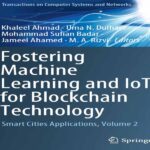
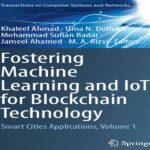
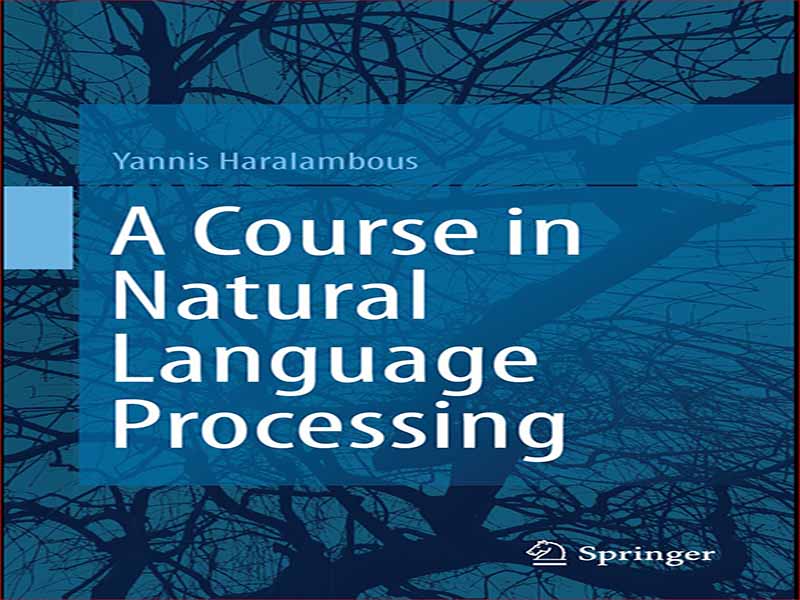

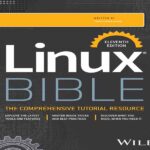
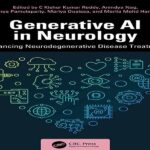

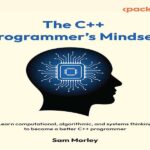




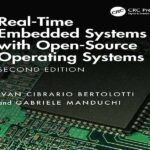












نظرات کاربران